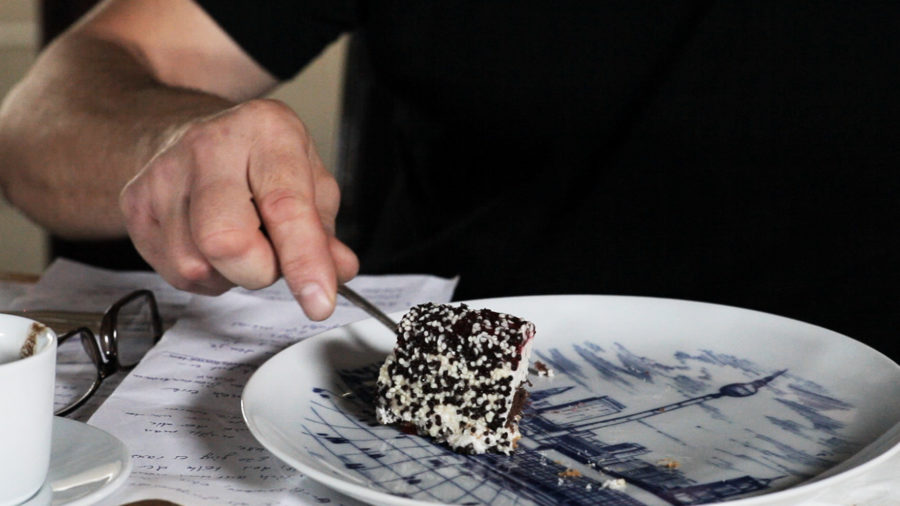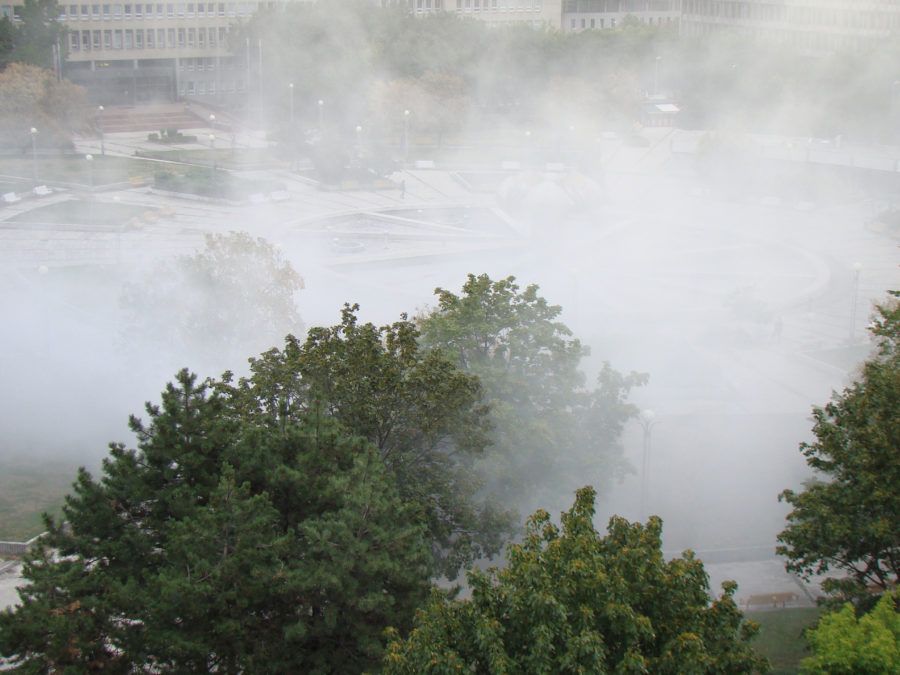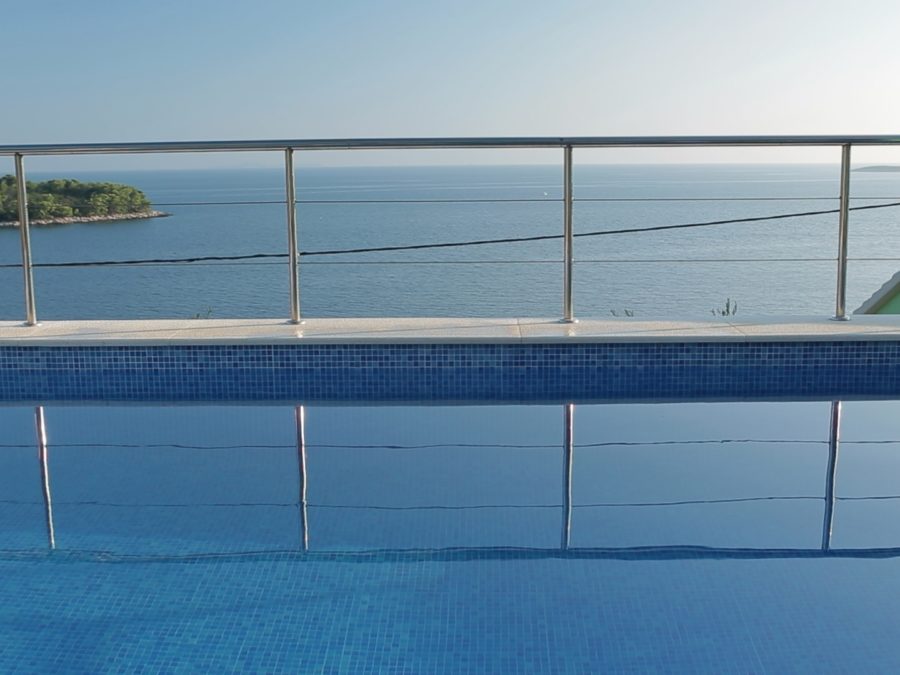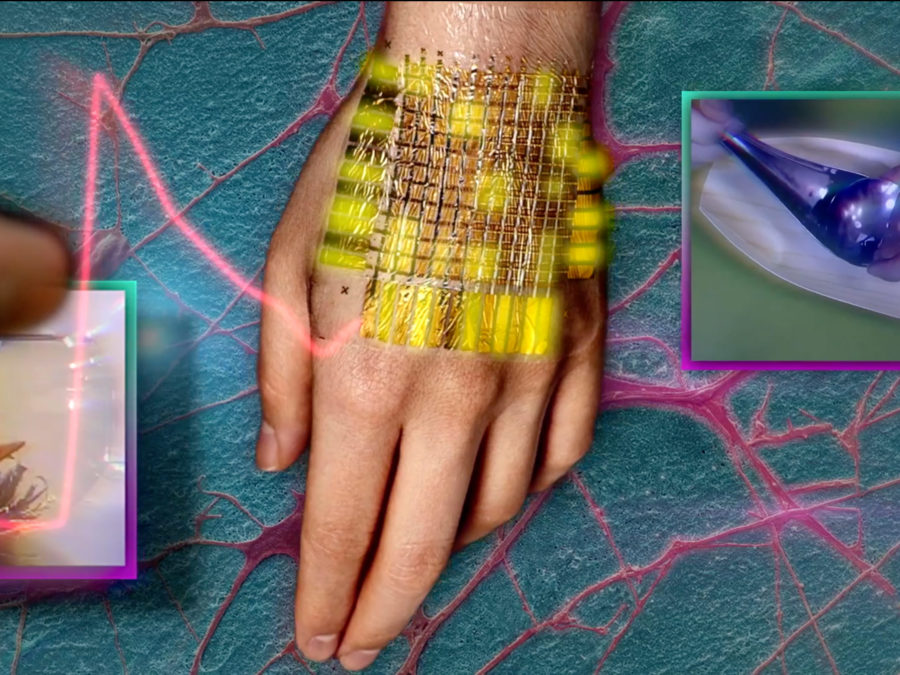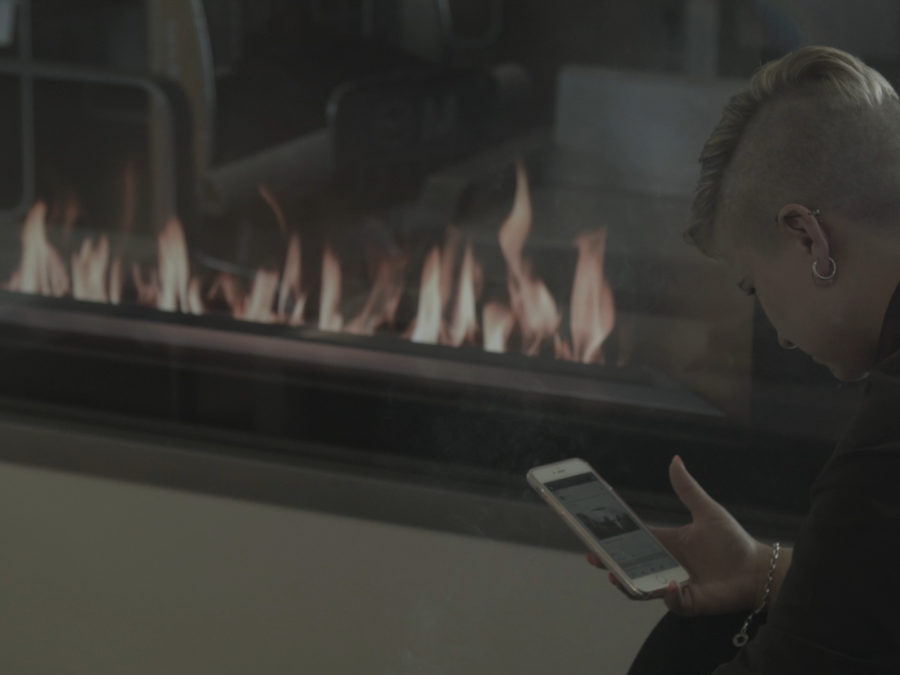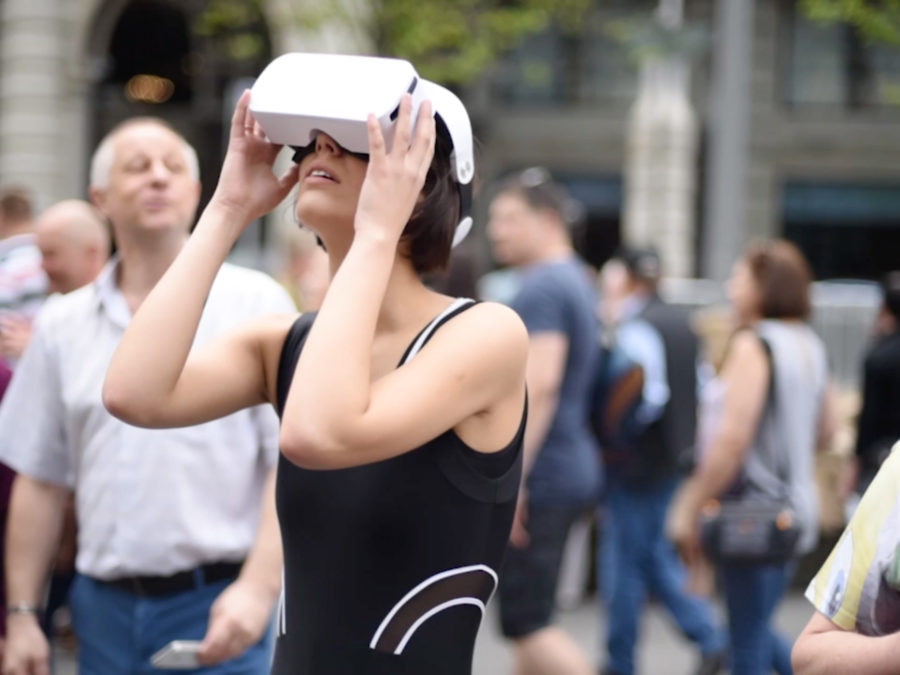my castle your castle features a television broadcast from within the skeleton of what is becoming the ‘new’ Berliner Schloss. In an act of post-socialist urban cosmetics, the Prussian imperial castle is re-emerging from the ruins of state socialism at the historical center of Berlin. In this arena of continued ideological overwriting, Kerstin Honeit reenacts a Cold War trope from West German popular TV: Der Internationale Frühschoppen ran from 1952 to 1988 as a morning talk show for political debate (almost simultaneously to the existence of the GDR). Juxtaposing architectural and television production, my castle your castle engages and critiques the building site as a stage for crafting ‘nationhood’ and (white) ‘masculinity.’
Interviewed by a talk show host, two construction workers evoke the specter of the demolished counterpart to the Prussian castle through a language of structural materialness: In the early 1970s, Peter Friedrich worked on the construction of the modernist parliament building of the GDR, the Palast der Republik (Palace of the Republic), established on the remains of the imperial castle. 40 years later, Gunter Teichert oversaw the dismantling of the same building that had become a monument to the political unrest of 1989–1990. In the wake of the end of the GDR and German re-unification, the building had been an important site for the protests of GDR citizens and for negotiations between state functionaries and oppositional forces.
In the matter-of-fact conversation between the maker and the breaker of the palace, their body of work – in other words, the architectures of political representation and memory – disintegrates in the builders’ jargon. At the same time, the vocabulary of the materials and machinery from the current building site around them resonates with the redistribution of property and the urban redefinitions of political meanings that have followed the disappearance of state socialisms in Europe. In short interludes that interrupt and re-contextualize the talk show, the male drag show master emphasizes and queers this vocabulary. Transposed into different corners of the construction site ruins, the friendly moderator of the morning show performs refractions of the conflicting ideologies at play: While mounting a huge excavation machine or lounging between concrete molds, the host lip-syncs antagonistic speeches for or against the imperial castle and for or against the socialist palace. In dandyish poses s*he makes dualisms crumble and reveals the uncanny lines of convergence between the adversaries around all too similar desires.
White fog envelops the set toward the end of the show. While the speakers disappear, the colonial specter of the place materializes. With the fog, two cowboy figures enter to sing and dance on the grounds where the ethnographic collections of Berlin’s State Museums will find their new home upon completion of the castle. Anticipating this unquestioned re-centering of Germany’s legacies of colonial violence, the cowboys’ camp reenactment of the song ‘I saw my Castles fall today’ by Ray Price subversively quotes the hegemonic figure of the settler colonialist while celebrating – with glitter and high heels – the demolition of patriarchal Western fantasies of omnipotence.
Text by Suza Husse
Production / Research / Dramaturgy: Jessica Páez
Performance: Peter Friedrich, Gunter Teichert, Damian Rebgetz, Paul Hankinson
Camera: Ljupcho Temelkovski, annette hollywood
Costume: Emma Cattell
Sound: Philipp Fröhlich, Jochen Jezussek
Kerstin Honeit lives in Berlin, where she studied fine art and set design at Kunsthochschule Weißensee in Berlin. Since 2014 Honeit has been teaching visual arts with Bjørn Melhus at Kunsthochschule Kassel. Deploying video, performance, and installations in her artistic research, Honeit examines hegemonic image production in the media of information technology and pop culture. Intervening at the boundaries of representation and reception, she questions the construction of social norms.
